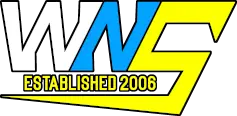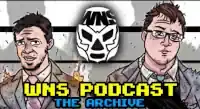Part 2 of Our Tribute to Brian Pillman: An In-Depth Look at His Impact on the Business
Posted By: Caylon Knox on Oct 05, 2017Although WWE has yet to induct Brian Pillman into their Hall of Fame, they did release a DVD set for him way back in 2006, simply titled Brian Pillman: Loose Cannon. For our readers who might not be familiar with Brian Pillman, or for those of you who do remember Brian, the DVD is available here at Amazon and is also available on the WWE Network through their search engine. It's worth a look.

























